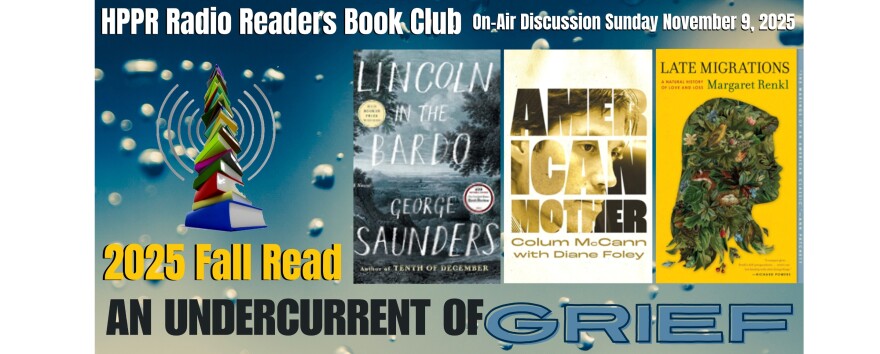I’m Pat Tyrer from Canyon, Texas for the High-Plains-Public-Radio-Readers Book Bytes for Spring 2024. Lucas Bessire’s Running Out: In Search of Water on the High Plains is surely one of the most frightening books I’ve read in recent days, which unfortunately is not fiction.
Bessire, an anthropologist, writes about the diminishing water resources on the high plains. Having spent years in Paraguay studying the effects of deforestation on the indigenous population of Gran Chaco, Bessire discovers a similar ecological disaster looming over the land south of Garden City, Kansas, that has supported his family for generations. In 1945, his grandfather, RW, bought land along the Cimarron breaks and began irrigating, drawing deep-well water from the Ogallala. Bessire notes that “one decade of deep-well pumping was enough to drop the water table some 30 feet below the surface” (20).
Yet, the greatest loss came a brief thirty years later, “in 1976 when the Kansas Geological Survey reported that the water table in this spot had dropped by 134 feet. It was the highest measured decline in western Kansas and among the highest in the country” (20). And the loss continues. The Ogallala Aquifer is emptying, and it’s doing so quickly.
It would be easy to blame individual farm families, industrial agriculture, or the government’s lack of enforcement, but it’s not that simple. There are no easy solutions to generations of overuse. Bessire tells the story of his grandmother, Lila Fern, who left a collection of documentation about the depletion of the Ogallala—a literal archive that traced the genealogy of groundwater. He recalled his walks with her through pastures where she pointed out the now dry Wagonbed Springs that flowed across the land before the deep wells caused it to go dry. Amazingly, Bessire discovers that this part of Kansas was once covered with small streams and ponds which have since disappeared as if they never existed. He muses throughout the book about what can be done to stop the depletion. He recounts his grandmother’s words left in her writings, “The first step in my own reclamation of command . . . is to admit that I am not responsible for the past but that I am accountable to tomorrow” (133).
The current research on water use reduction is both promising and disappointing. Bessire notes that technological advances help reduce the impact of irrigation by using water more efficiently. “But the irony is that more-efficient technology can also be used to further depletion” (137) by identifying more efficient ways to draw water from low-output wells which in earlier times would have been abandoned.
There is no satisfactory ending to the drying aquifers. Bessire writes that “if addressed within existing terms, their continuing eradication is likely to intensify conflicts, exacerbate inequalities, and entrench fundamentalisms” (180).
It will take more than an acknowledgement of the environmental disaster to stop the complete loss of the aquifers. Nothing less than acknowledgement, interdependence, and cooperation in confronting the habits of the past will be required to make a difference to our communal future. In the final sections of Running Out, Bessire argues that revamping regional water governance to a more democratic model is a starting point along with using technology to slow depletion, recognizing the possibility of the imbalance between profit and loss, and working toward a more egalitarian future.
Whether or not we have learned from our past exploitation of our fragile environment is yet to be determined.
This is Pat Tyrer in Canyon, Texas for the High Plains Public Radio Readers BookBytes.










